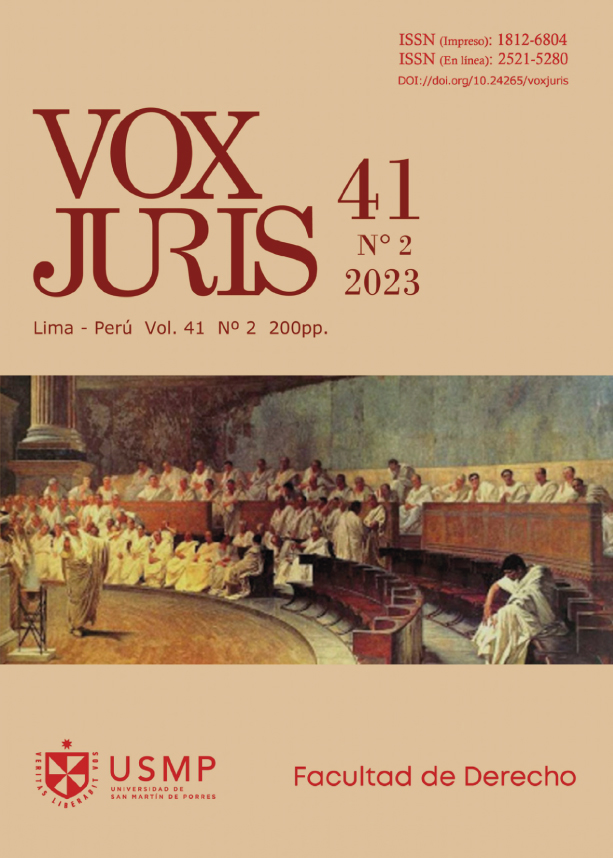STATE INTERVENTION IN SOCIO-ENVIRONMENTAL CONFLICTS IN PERU
Abstract
The increase in socio-environmental conflicts in Peru generates the perception, at the level of the population, of a lack of State intervention in the management of these conflicts and that this contributes to their reaching levels of violence. The objective of this study is to determine whether the scarce and untimely intervention of the State contributed to socio- environmental conflicts in Peru becoming violent, during the periods 2004 - 2020, through the methodology of the case study, with the review of 189 monthly reports of the Defensoría del Pueblo, published between October 2004 and July 2020, which evaluated the behavior of state entities in 99 socio-environmental conflicts reported as active in the Defensoría del Pueblo report of July 2020. On the basis of the information analyzed, it was possible to determine the participation of State entities in all the socio-environmental conflicts studied, fulfilling different roles and through institutions at its three levels (national, regional and local). The high percentage of conflicts that reach the level of violence and other evidence, allow us to conclude that the tate intervention is characterized by being reactive, inefficient and with little coordination between its different instances.
Downloads
Downloads
Published
Issue
Section
License
Copyright (c) 2023 Delia Muñoz Muñoz, Yan Carlo Mercado García

This work is licensed under a Creative Commons Attribution 4.0 International License.
Los autores que publican en esta revista están de acuerdo con los siguientes términos:
- Los autores conservan los derechos de autor y garantizan a la revista el derecho de ser la primera publicación del trabajo al igual que licenciado bajo una Creative Commons Attribution que permite a otros compartir el trabajo con un reconocimiento de la autoría del trabajo inicial en esta revista.


